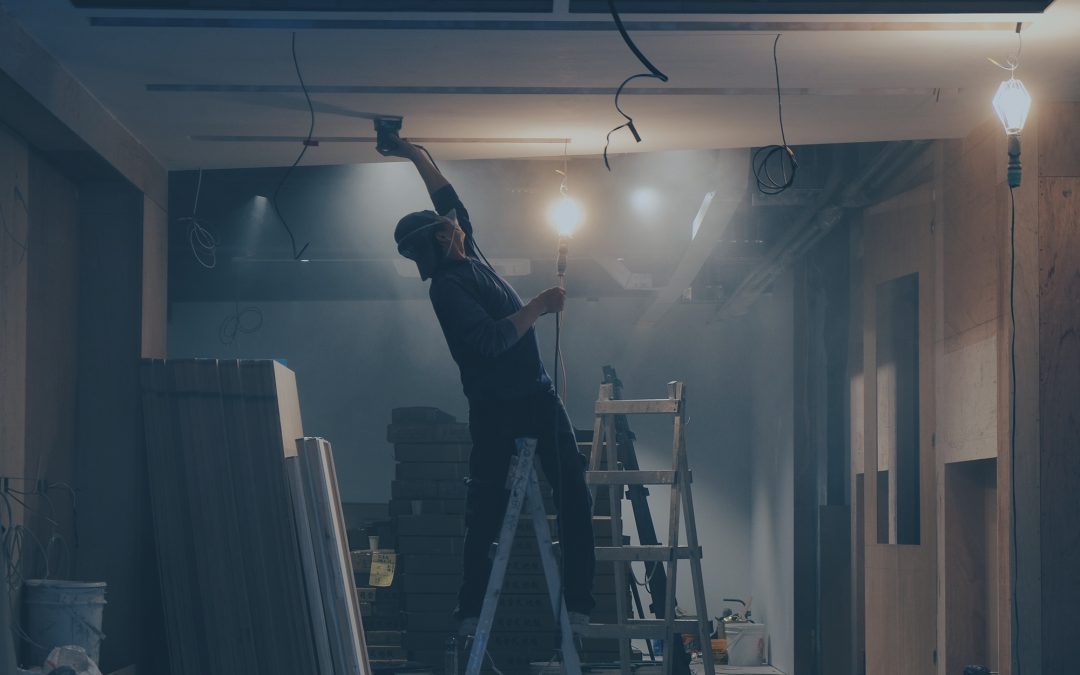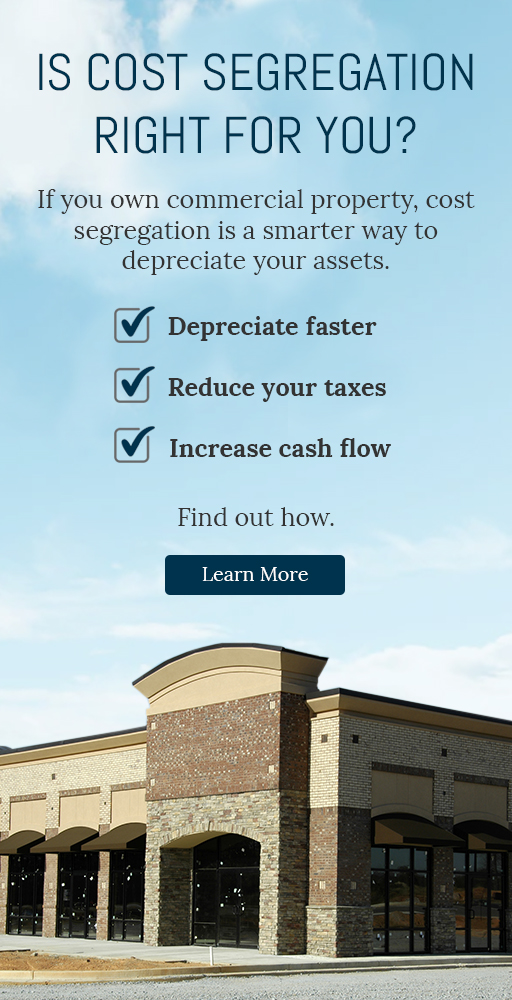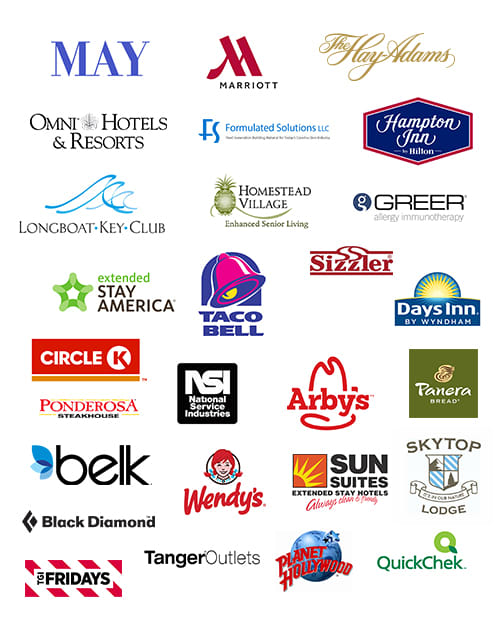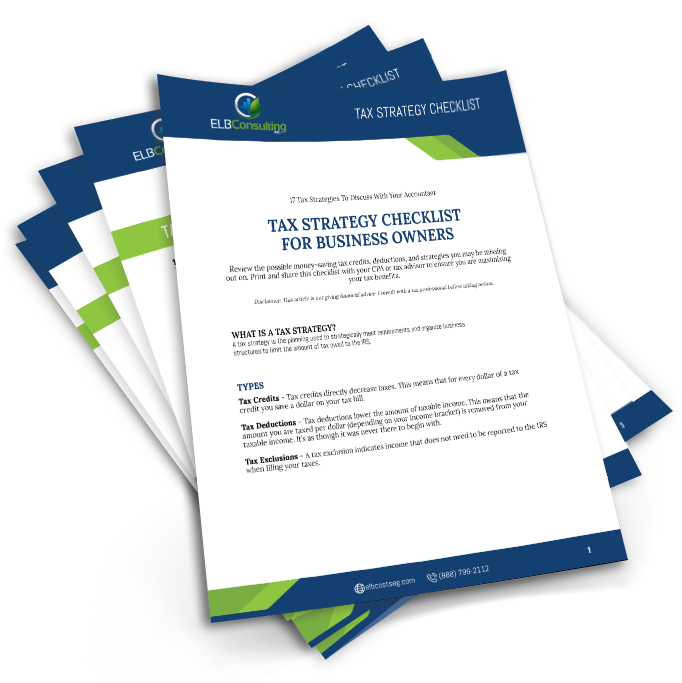Providing a much longed-for technical correction to the TCJA, the CARES Act fixes the so-called “retail glitch.” Qualified improvement property is now 15-year property, and eligible for bonus depreciation, and is retroactive to 2018.
The passage of the CARES Act on Friday March 27, 2020 corrected the much anticipated “Technical Glitch” associated with the 2017 Tax Cuts and Jobs Act (TCJA).
This TCJA technical glitch prevented investments in qualified improvement property (QIP) from being depreciated over 15 years and qualifying for bonus depreciation. With the correction, the recovery period for QIP is reduced from 39 years to 15 years. Thus, making improvements eligible for 100 percent bonus depreciation through 2022.
This change is retroactive to January 1, 2018:
Qualified improvement property (QIP) technical correction: Provides 15-year depreciation for costs associated with the interior improvement of non-residential property. This is made retroactive for improvements after January 1, 2018. There are some restrictions, so it is important to check with a tax or cost segregation professional before taking the deduction. These QIPs qualify for 100% Bonus Depreciation since the depreciable life is less than 20 years.
Qualified Improvement Property: Is defined as any improvement to a building’s interior. However, improvements do not qualify if they are attributable to:
- the enlargement of the building,
- any elevator or escalator or
- the internal structural framework of the building.
This allows qualifying leasehold improvements – not a ‘first time use’ improvement – on any nonresidential commercial property to be eligible for the shorter recovery period and bonus depreciation, as was the case prior to 2018.
Keep thinking “Improvement”. It is important to know its only for “interior improvements”…
For example, if a new AC system is installed, some of the interior duct work may qualify but if the compressor and AC unit is outside, that portion will not qualify. Restaurants are also a good example, if you think of all the equipment that is on the roof; the cooking exhaust system may include the hood and duct work, but if the fan units are on the roof they will not be included.
It is also important to understand what improvements are “structural” and what is a Qualified Improvement. As a taxpayer, you cannot simply write off all the improvements. You will likely need an engineer/tax professional to accurately segregate the Qualified Improvements vs. non-Qualified Improvements.
In conclusion, what does this ultimately mean? The CARES Act allows for you to amend/adjust 2018 tax filings as appropriate. This also applies to your 2019 tax filing.
This is a general understanding below, and many tax structures and situations are different, so please confirm these interpretations with your tax professional.
Adjusting 2018 taxes: Assets applied under the previous QIP permissible method, now need to change to the current QIP permissible method.
Filing 2019 taxes: If you filed early and your due date was extended by the CARES Act correction (this includes corporations and individual returns), you can file this one edit in an updated return before the due date of the extension. This “corrected return” would supersede the original and be processed by the IRS.




